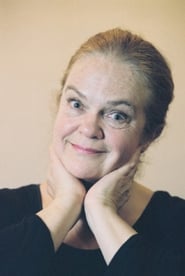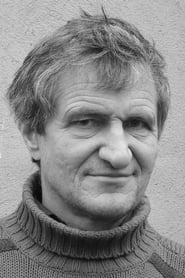

The Perfect Murder(1992)
Film director Pierre is making an erotic thriller with his girlfriend Greta. When men start disappearing, parallells between the movie and real life becomes obvious.

Movie: The Perfect Murder
Top 10 Billed Cast
Similar Movies
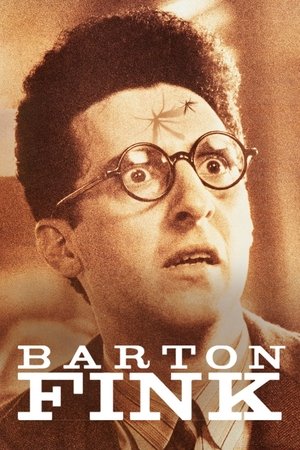 7.5
7.5Barton Fink(en)
A renowned New York playwright is enticed to California to write for the movies and discovers the hellish truth of Hollywood.
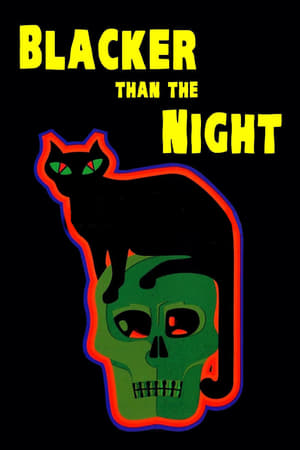 6.8
6.8Blacker Than the Night(es)
When four women move into an old house left by one woman's aunt, strange things begin to happen. Bizarre voices, visions of ghosts, and mysterious noises lead them to discover the darkest powers of evil and a horror and agony beyond terror.
 8.2
8.2Inglourious Basterds(en)
In Nazi-occupied France during World War II, a group of Jewish-American soldiers known as "The Basterds" are chosen specifically to spread fear throughout the Third Reich by scalping and brutally killing Nazis. The Basterds, lead by Lt. Aldo Raine soon cross paths with a French-Jewish teenage girl who runs a movie theater in Paris which is targeted by the soldiers.
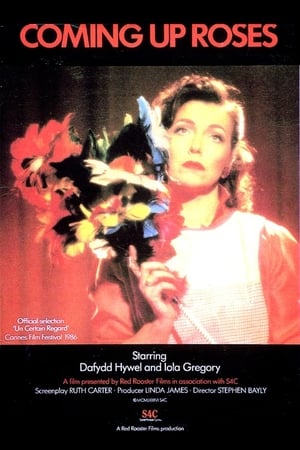 6.6
6.6Coming Up Roses(cy)
An award-winning comedy set in a depressed town in the South Wales Valleys. When the local cinema is closed down, the former projectionist, plagued by money problems, devises an ingenious plan to make money.
 5.8
5.8Blood of 1000 Virgins(en)
The question of "who hunts virgins" and more will be stripped down and explored in the sexiest trailers hosted by Playboy's Nikki Leigh.
 7.1
7.1Small Change(fr)
Various experiences of childhood are seen in several sequences that take place in the small town of Thiers, France. Vignettes include a boy's awakening interest in girls, couples double-dating at the movies, brothers giving their friend a haircut, a boy dealing with an abusive home life, a baby and a cat sitting by an open window, a child telling a dirty joke, and a boy who develops a crush on his friend's mother.
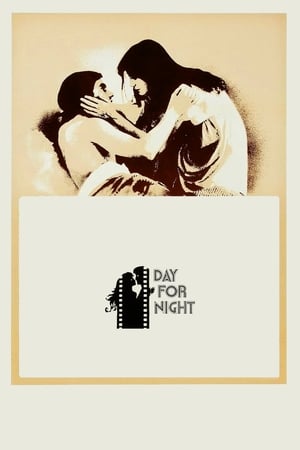 7.8
7.8Day for Night(fr)
A committed film director struggles to complete his movie while coping with a myriad of crises, personal and professional, among the cast and crew.
 6.7
6.7Caligari: When Horror Came to Cinema(de)
On February 26, 1920, Robert Wiene's world-famous film The Cabinet of Dr. Caligari premiered at the Marmorhaus in Berlin. To this day, it is considered a manifesto of German expressionism; a legend of cinema and a key work to understand the nature of the Weimar Republic and the constant political turmoil in which a divided society lived after the end of the First World War.
 6.9
6.9The White Sound(de)
Lukas, a young schizophrenic man, has to deal with a new town, a new relationship, and the paranoia in his head.
 6.0
6.0The Dinosaur and the Baby(fr)
An hour-long discussion between Fritz Lang and Jean-Luc Godard in which they discuss a variety of art forms, the role of the cinema, their collaboration together, and much more. (Filmed in 1964 but released for TV in 1967.)
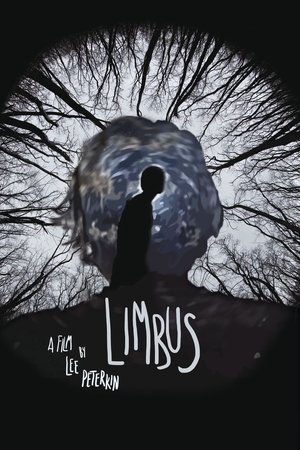 10.0
10.0Limbus(en)
As Alex struggles with disturbing hallucinations, his wife Vera tries to help, until they both experience their own profound revelations.
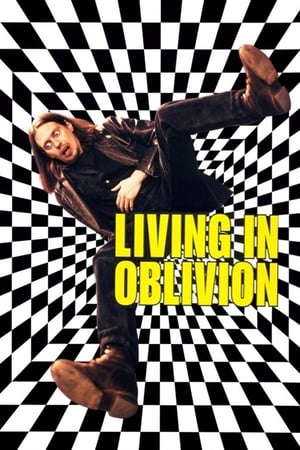 7.2
7.2Living in Oblivion(en)
Nick is the director of a low-budget indie film. He tries to keep everything together as his production is plagued with an insecure actress, a megalomaniac star, a pretentious, beret-wearing director of photography, and lousy catering.
 6.8
6.8The Blob(en)
In Arborville, California, three high school students try to protect their hometown from a gelatinous alien life form that engulfs everything it touches.
 5.0
5.0A Woman in Transit(fr)
Even though the protagonist of the Canadian Femme De L'Hotel is a female filmmaker, one would think twice before suggesting that this effort by Swiss-born director Lea Pool is autobiographical. Paule Baillargeon portrays a well-known director who returns to her home town of Montreal to film a high-budget musical drama. At her hotel, Paule has a brief but unsettling encounter with a suicidal elderly woman (Louise Marleau). This element of the plot is briefly forgotten as we get to know the actors in Paule's current project. Then she meets the old lady again, and with mounting incredulity Paule discovers that the actual events in the woman's life mirror the fictional events in the director's film.
 0.0
0.0Afro Promo(en)
Co-curated by Jenni Olson and the late Black gay activist Karl Knapper, this entertaining showcase of vintage movie trailers traces the evolution of African American cinema through its most crucial period, 1952-1976. Filled with insights on race and social dynamics, this fascinating compendium of coming attractions explores an extensive range of stylistic approaches—Blaxploitation, Comedy, Music Bio, Plantation Drama and more—offering an outrageous joyride through motion picture history. Beyond mere camp, these marvelously condensed gems crystallize a range of African American identities and personalities, tracking the meteoric careers of Sidney Poitier, James Earl Jones, Billy Dee Williams, Richard Pryor, Pam Grier and others through their bold performances in movies both hugely popular and practically forgotten. Afro Promo provides a compact glimpse at the representation of African Americans through twenty-five dynamic years of American cinema history.
 6.8
6.8Bioscope(ml)
Set in the second decade of the 20th century, this is a story of cinema entering villages of Kerala. The protagonist Diwakaran gets attracted to the new machine, bioscope, at an exhibition by Frenchman DuPont, who does bioscope shows on the coasts of Tamil Nadu.
Comrades in Dreams(de)
Four lives that could not be more different and a single passion that unites them: the unconditional love for their cinemas, somewhere at the end of the world. Comrades in Dreams brings together six cinema makers from North Korea, America, India and Africa and follows their efforts to make their audiences dream every night.
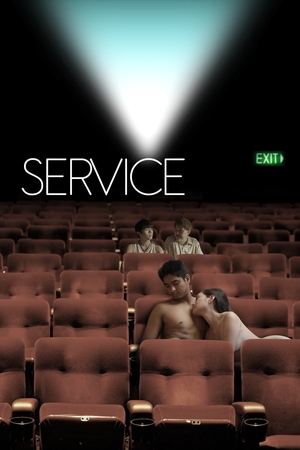 6.2
6.2Service(tl)
A struggling family owns a Filipino porn theater where prostitutes conduct their business.
 3.2
3.2Großes Kino made in DDR(de)
In 2016, DEFA celebrates its 70th anniversary: the film embarks on a journey into the exciting film history of the GDR. In a comprehensive kaleidoscope, the importance of DEFA productions is illuminated, the relevance of the films as propaganda productions for the GDR, which socio-political themes were in the foreground, but also which heroes DEFA brought to the screen and celebrated as people from the people.
 7.1
7.1The Arrival of a Train at La Ciotat(fr)
A group of people are standing along the platform of a railway station in La Ciotat, waiting for a train. One is seen coming, at some distance, and eventually stops at the platform. Doors of the railway-cars open and attendants help passengers off and on. Popular legend has it that, when this film was shown, the first-night audience fled the café in terror, fearing being run over by the "approaching" train. This legend has since been identified as promotional embellishment, though there is evidence to suggest that people were astounded at the capabilities of the Lumières' cinématographe.


